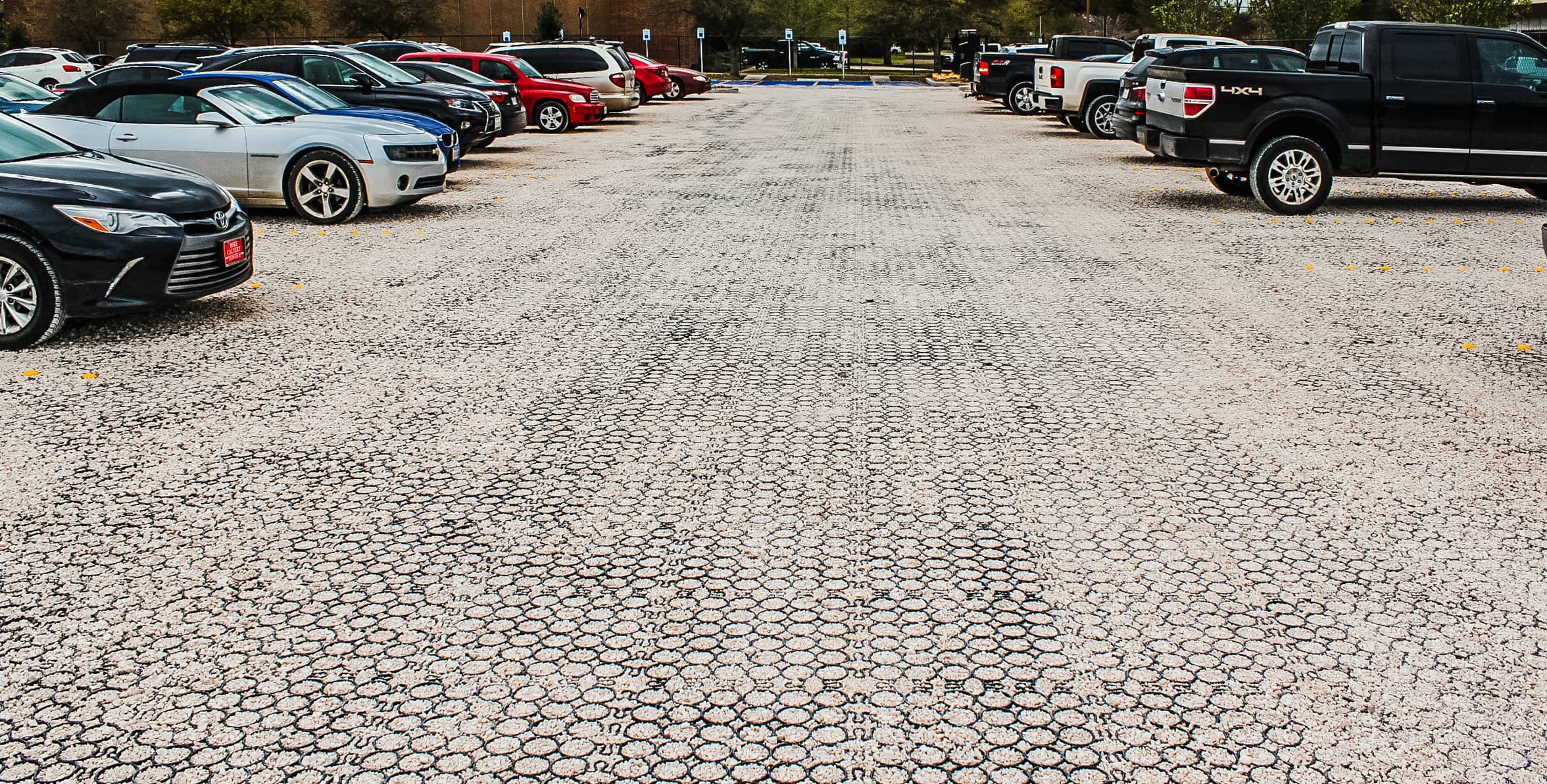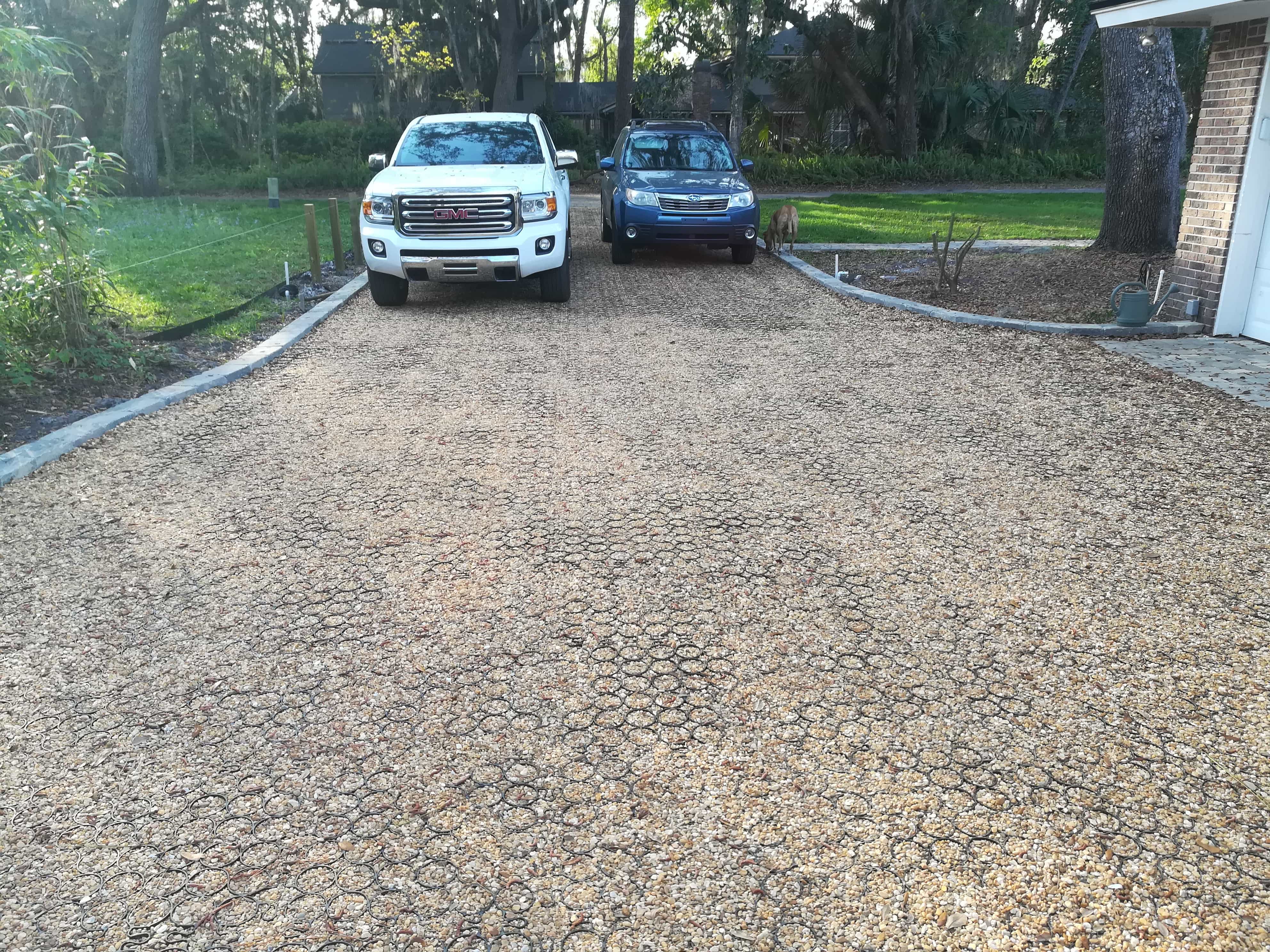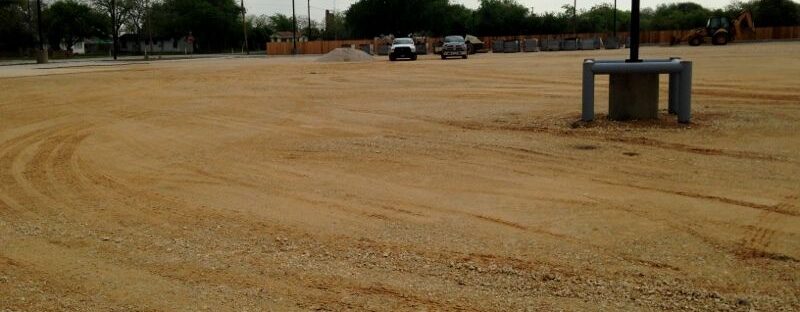An urban heat island is a phenomenon that can cause a lot of damage, not just to roads and buildings but also to people. The concentration of buildings, roads, and other infrastructure absorbs and retains more heat than rural surroundings, leading to higher overall temperatures. This increase affects everything from air quality to energy use, intensifying the demand for cooling systems and impacting public health.
Fortunately, there are sustainable solutions available to help combat the urban heat island effect. In this article, we’ll explore some useful strategies to create more livable, resilient urban spaces and discuss how to reduce urban heat island effects.
Understanding the Causes of Urban Heat Islands
It all starts with a city’s infrastructure. Dense, non-reflective surfaces such as asphalt and concrete absorb and retain heat, making urban areas significantly warmer than other spaces. Limited vegetation is another problem. Since trees and plants provide shade and release moisture into the air, a lack of trees and plants does the opposite.
Beyond that, high-density building layouts hinder natural airflow, which could otherwise reduce temperatures. Unlike rural areas where, instead of buildings, there are trees and plants everywhere, cities are plagued by these structural choices. But what’s the point? Why is it so important to combat the urban heat island effect? Let’s talk about it.
The Impact of the Urban Heat Island Effect on Urban Areas
The negative effects of the urban heat island effect go far beyond discomfort. In fact, they can have a serious impact on air quality and public health. Higher temperatures raise energy demand, which in turn increases greenhouse gas emissions.
Poor air quality negatively impacts respiratory issues, particularly among vulnerable populations like children and the elderly. Urban heat islands can also lead to higher rates of heat-related illnesses, putting a strain on both people and the healthcare systems they rely on for treatment.
Strategies on How to Reduce Urban Heat Island Effect
If you’re curious about how to solve urban heat island effect, there are a few unique and innovative solutions available. Here are several innovative strategies to help transform our cities into cooler, more enjoyable spaces.
Strategy 1: Green Roofs and Walls

Green roofs and walls are among the most effective tools in fighting the urban heat island effect. By adding vegetation to buildings, you get more shade, lower surface and air temperatures, and better carbon dioxide absorption, contributing to better air quality.
These natural benefits have sparked a growing demand for sustainable roofing solutions that do more than just keep out the rain. Roofing systems today are being designed not only for durability but also for their environmental contribution—especially in cities where concrete and asphalt dominate the landscape. That’s where innovation meets tradition, blending time-tested craftsmanship with forward-thinking design.
Among providers embracing this change is Lee’s Roofing, known for integrating modern eco-conscious techniques into their classic roofing services. Whether it’s installing reflective membranes, supporting green roof systems, or optimizing ventilation to reduce heat buildup, their approach balances performance with sustainability. They understand that a roof isn’t just a cap on a building—it’s a crucial component of a healthier urban environment.
Homeowners and businesses alike are beginning to recognize the long-term value of investing in such adaptive solutions. With expert guidance, reliable materials, and an eye toward the future, roofing can become a powerful ally in combating urban heat and improving community well-being. And with service providers like Lee’s leading the way, the path to a cooler, greener city starts right overhead.
Green roofs and walls also improve biodiversity, providing habitats for birds and insects in dense urban spaces. They’ve also been proven effective in reducing indoor temperatures, which can lower cooling costs and energy use significantly. That makes them an excellent option for buildings of all types.
Strategy 2: Using Reflective Materials

Lighter color roofing materials reflect more light energy and absorb less heat, which can reduce the amount of heat a building absorbs. These materials can help keep indoor temperatures lower and can reduce overall energy consumption. Reflective roofing is a cost-effective option that will improve a building’s energy efficiency while reducing overall heat absorption, making it a practical solution for reducing the effects of an urban heat island.
Strategy 3: Increasing Urban Vegetation

Trees and other green spaces naturally cool the surrounding environment. That extra bit of vegetation lowers air temperatures, enhances air quality, and provides shade that makes outdoor spaces more comfortable. Expanding tree cover is one of the most natural ways to reduce the urban heat island effect, and urban greenery also provides habitats for local wildlife and absorbs carbon dioxide. Similar to the green roof strategy, this option has both environmental and health benefits.
Strategy 4: Smart Urban Design and Planning

Strategic urban planning can also reduce the urban heat island effect, guiding the orientation of buildings, spacing, and material selection to support better airflow and natural shade. Smart urban design focuses on creating spaces that facilitate air movement and reduce sun exposure.
Many cities around the United States have already adopted these strategies to combat the urban heat island effect. And in the coming years, we expect many more to follow suit. Changing the way we design and plan our cities is one of the most effective ways to combat urban heat islands.
As buildings become smarter and more responsive to environmental needs, integrating high-efficiency HVAC systems becomes essential. These systems reduce energy consumption while improving indoor air quality and occupant comfort. Companies like Kickin Comfort HVAC play a critical role in this transition by offering modern solutions tailored for both residential and commercial applications.
By prioritizing sustainable HVAC systems that align with green building standards, cities can significantly lower their carbon footprint while enhancing the livability of urban environments. When paired with smart infrastructure, green roofs, reflective materials, and increased vegetation, energy-efficient climate control systems form a foundational component of resilient, future-ready cities.
Strategy 5: Permeable Pavement Systems

Permeable paver systems can be especially useful in managing the urban heat island effect because they help cool the ground and reduce water runoff. These systems allow rainwater to seep through and cool the surface naturally. And by preventing water pooling and surface runoff, they also support sustainable stormwater management.
Stone infill TRUEGRID, especially with lighter colored stone, will absorb less light energy. The varied angles of the stone infill reduces the amount of light energy that is absorbed. Up to 40% void space, in the stone infill, makes for less surface area that can absorb and retain heat.
Similar to the green roof and vegetation strategies, a grass infill TRUEGRID system for parking, driving, or fire lanes, can provide a surface area that is many degrees cooler than conventional paving. Grass parking can also air-condition the air through transpiration from the living grass plant, reducing ambient air temperatures.
Alt Text: Grass-filled TRUEGRID forms a durable fire lane in an urban business park.
Like any solution, permeable pavements come with both pros and cons, but one look at the benefits shows that they’re one of the best and most effective solutions to reducing the negative impact of urban heat islands.
Create Sustainable and Livable Cities with TrueGrid
Addressing urban heat islands is absolutely essential if we want to improve the quality of life in cities, reduce energy demands, and promote urban sustainability. Implementing solutions like green roofs, permeable pavers, and increased vegetation can transform our cities, making them a more comfortable place to call home. For high-quality, sustainable solutions to the urban heat island effect, check out TrueGrid Pro Plus for a permeable paver solution that you can truly rely on.
Reach out today to learn more!



